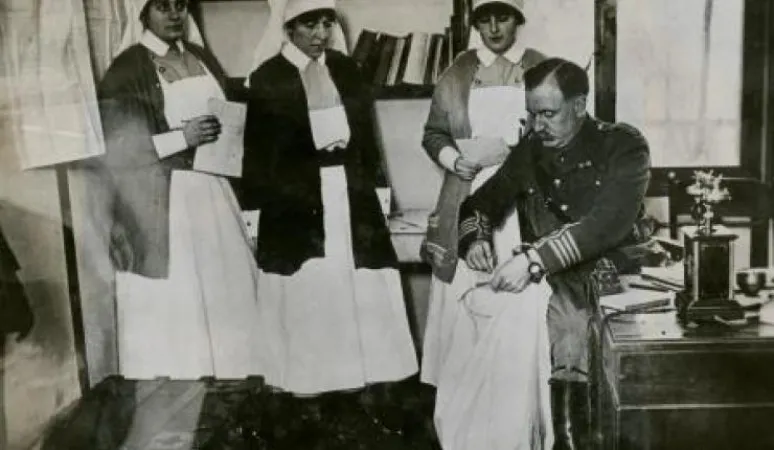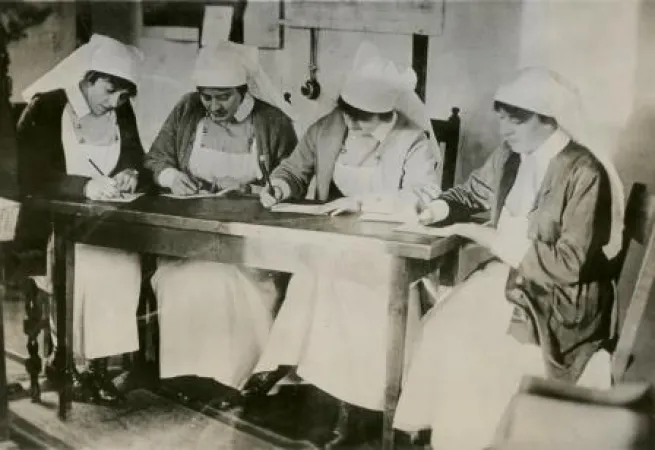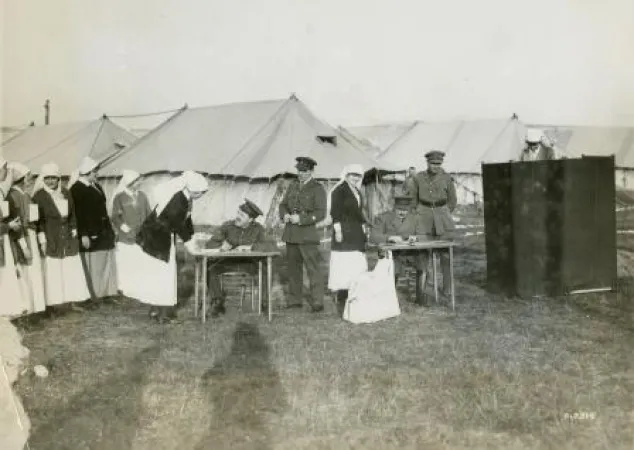Voting Rights for Women: Wartime Politics Expands the Franchise to Women
This article was originally written and submitted as part of a Canada 150 Project, the Innovation Storybook, to crowdsource stories of Canadian innovation with partners across Canada. The content has since been migrated to Ingenium’s Channel, a digital hub featuring curated content related to science, technology and innovation.
A woman’s right to vote was one of the key societal changes brought about by the First World War.
Women participated in the war in a variety of ways, yet they could not vote.
This changed in 1917. In an effort to increase support for wartime conscription, women whose husband, father or son was serving in the armed forces were given the right to vote in the federal election. As intended, most of them backed the government, and conscription became law.
The vote was extended to most other women in 1919. Although voting rights were more the result of a wartime political agenda than the recognition of the rights and responsibilities of Canadian women, they were an important early step towards full and equal rights for women.


















